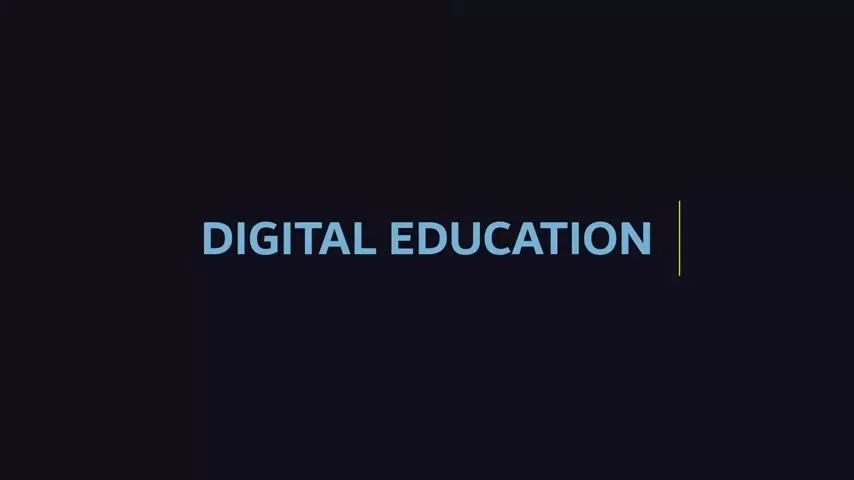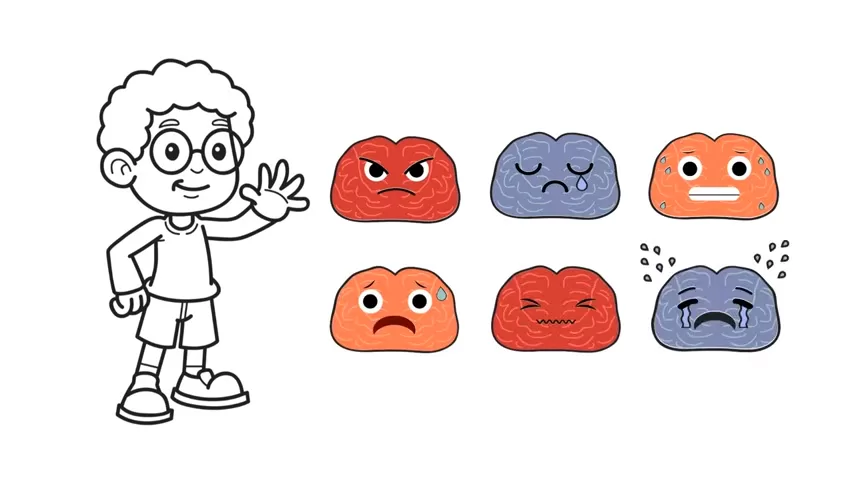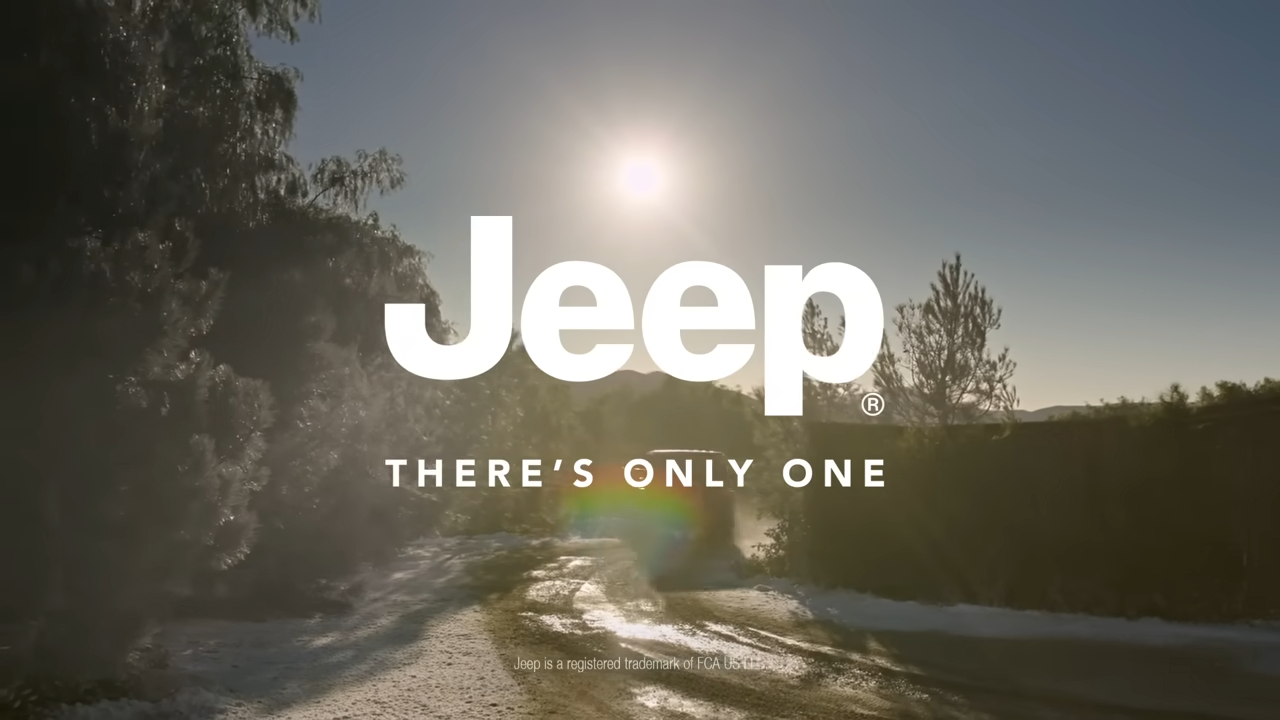In the era of AI-driven personalization, TikTok trends, and instant gratification, it might seem like structured educational resources are a thing of the past. Why spend time reading through formal lecture summaries or academic overviews when you can simply watch a 30-second video or ask a chatbot for an answer?
But behind the buzz of new tech lies a quiet truth that every serious learner eventually realizes: lasting knowledge requires depth, and depth requires structure.
This is where curated educational content — such as articles, academic notes, and university-style resources — continues to play a pivotal role.
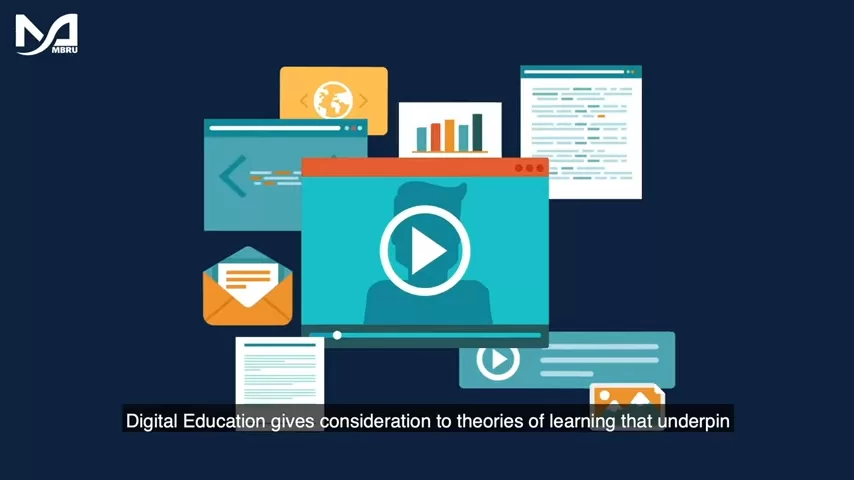
Let’s unpack why such resources remain essential in today’s information-saturated world.
1. Speed ≠ Understanding
Short-form content is amazing for discovery. It can introduce you to a concept, trigger your interest, or give you a rough overview. But understanding? That takes more than 30 seconds.
Academic-style resources typically offer:
- Sequential logic: Topics build upon each other in a meaningful way
- Real examples and case studies: Not just abstract theory, but how it’s applied
- Terminological clarity: Learning the actual language of a field
- Cross-connections: One topic relates to others — knowledge is never isolated
Even when presented in an online format, this kind of structure mimics what university professors have done for decades. It’s not about just “reading a lot” — it’s about reading smart.

2. Memory Loves Context
Neuroscience confirms it: we remember what we understand, not what we simply see. Educational resources that are designed with structure, chapters, logical flow, and even labeled paragraphs create mental scaffolding.
That scaffolding does two things:
- Helps the brain retain information longer
- Makes it easier to retrieve later when needed
Compare that to absorbing hundreds of bite-sized facts or “tips” without seeing the big picture. The difference is massive — especially during exams or real-world application.
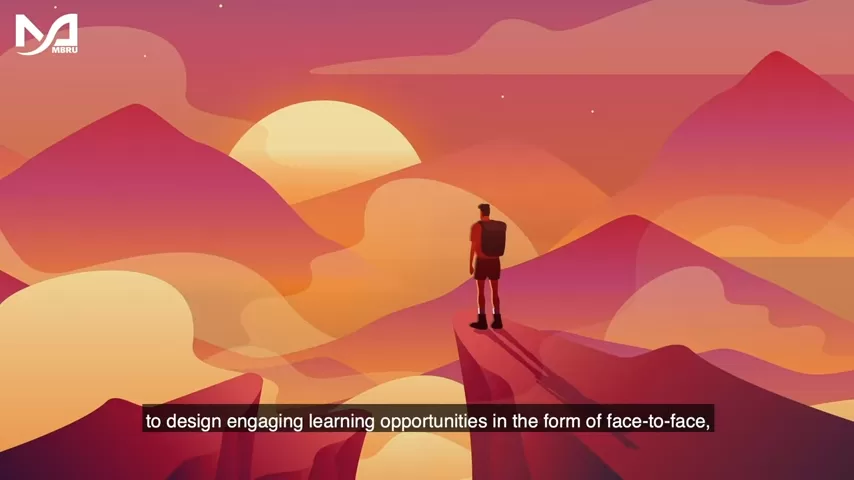
3. The Rise of Independent Study
Whether you’re a full-time student, a remote worker, or someone transitioning careers, chances are high you’re engaging in self-guided learning.
In that context resources are lifelines:
- You don’t need to enroll in a course to get structured material
- You can control the pace and focus on your weak spots
- You save money without compromising the quality of content
- You avoid the distraction of endless “trendy” info
In fact, many adult learners now choose lecture-based content over passive video watching — not because it’s easier, but because it’s more effective.
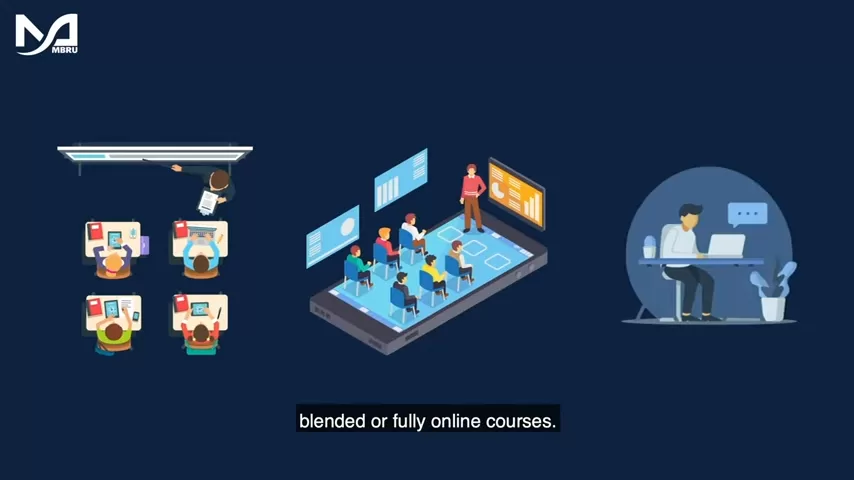
4. From Academia to Real Life: Why It’s All Connected
Ever wondered how academic content relates to the “real world”? A fair question. Many skeptics argue that lecture notes and academic theory are detached from practice.
But the truth is: everything is theory before it’s practice.
Let’s take marketing as an example. You might think modern marketing is just about catchy Instagram Reels and influencer deals. But behind those strategies are decades of theoretical models, psychological studies, behavioral data, and economic theory.
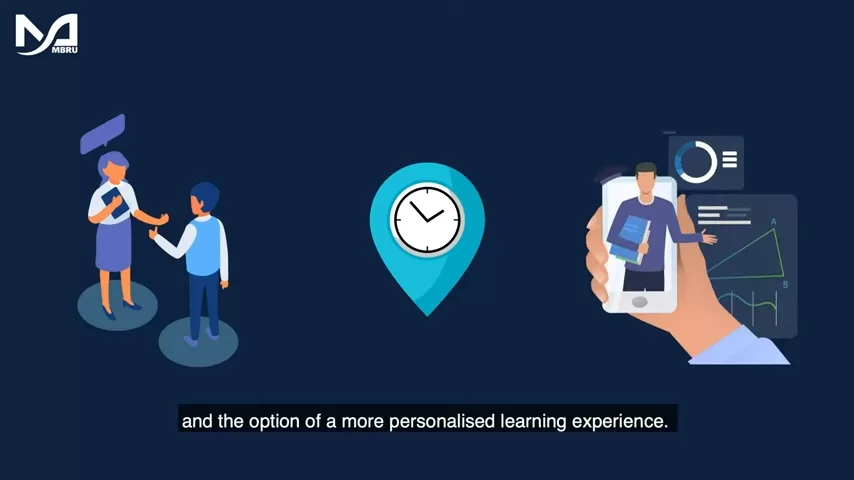
Educational resources help you:
- See the frameworks behind real-world choices
- Learn how to evaluate strategies, not just follow trends
- Make better decisions, whether you’re launching a product or teaching a class
In this way, academic knowledge becomes a toolkit, not just a memory exercise.

5. The New Academic Underground
Here’s a fascinating shift: while formal universities still require tuition, thousands of platforms now share structured academic content for free or at minimal cost.
This includes:
- Archived university notes
- Lecture-based articles
- Syllabus summaries
- Annotated textbook sections
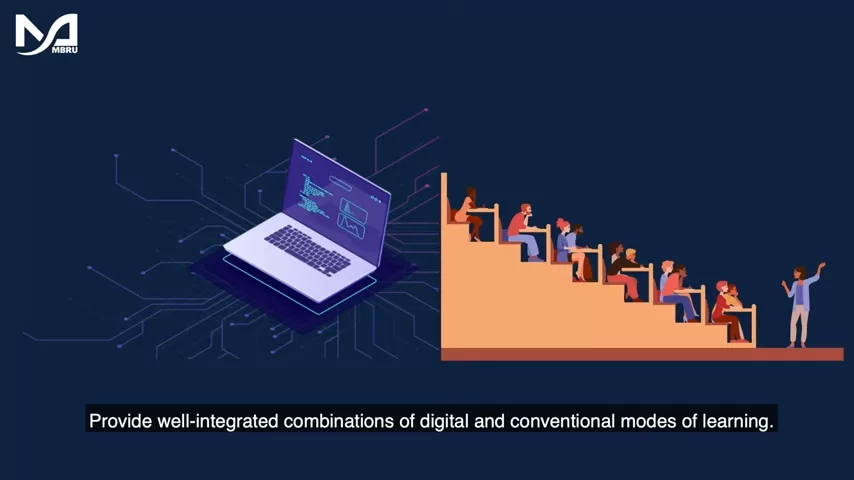
Site like studopedia.info exist in this grey area — not part of an official curriculum, but still offering academic-grade insight.
They are, in a sense, the new underground library — accessible, useful, and not dependent on institutional walls. For students in countries with limited access to resources, these platforms are especially crucial.
6. How to Spot a Good Educational Resource
Not every site with “lecture” in the name is worth your time. Quality varies. Here’s what makes an educational page valuable:
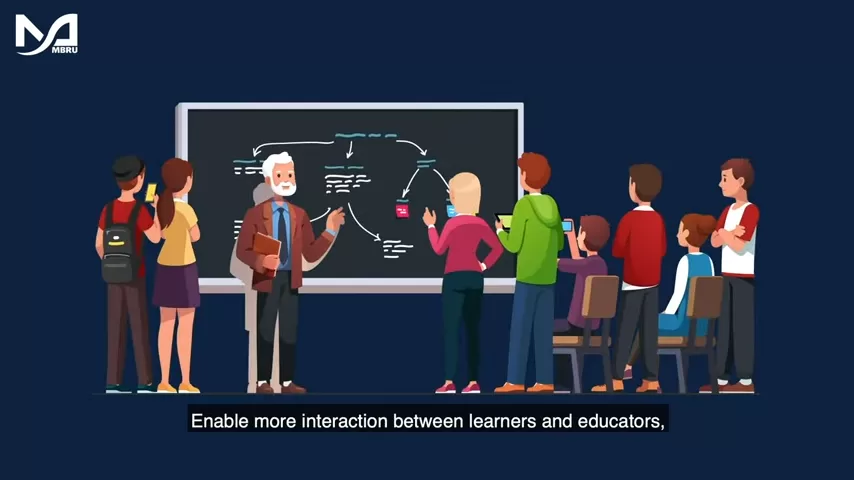
| Criterion | Why It Matters |
|---|---|
| Clear formatting | Helps you scan and digest quickly |
| Logical topic flow | Makes learning intuitive rather than chaotic |
| Credible references | Builds trust and encourages further exploration |
| Neutral tone | Avoids bias and focuses on the actual content |
| Updated content | Reflects current knowledge and not outdated facts |
Always trust your instincts. If something reads like a spammy blog or keyword dump, it probably is. Look for material that treats the subject seriously.
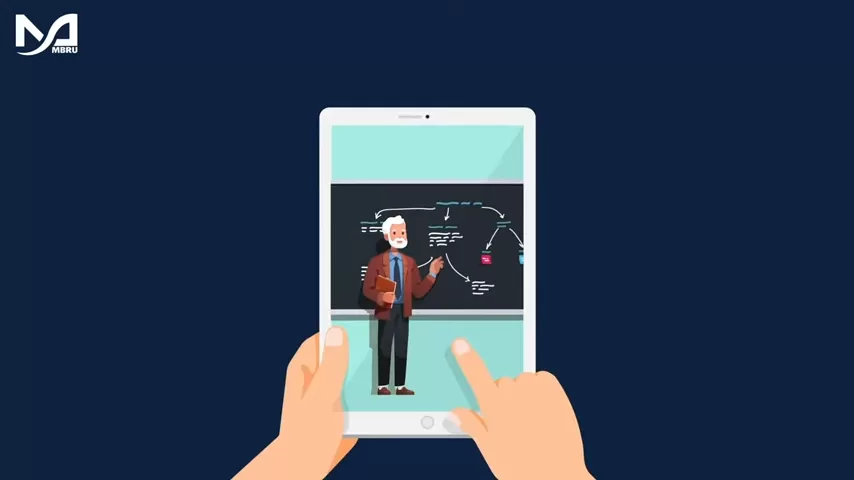
7. Who Benefits Most from These Resources?
- University students who want an edge beyond lectures
- Exam takers preparing for standardized tests or finals
- Educators seeking reference materials or class frameworks
- Career shifters needing foundational knowledge quickly
- Self-taught learners building portfolios or side projects
In short: anyone with intellectual curiosity and a goal.
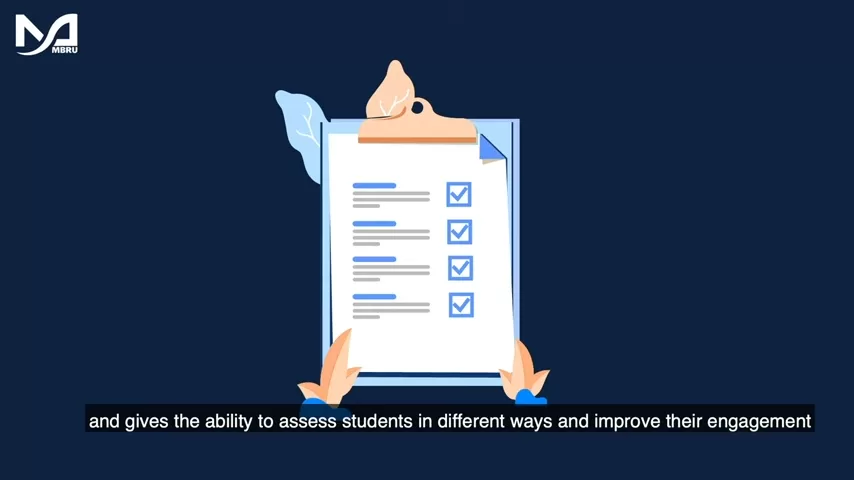
8. The Digital Renaissance of Learning
We’re witnessing a second renaissance — not of painting or poetry, but of knowledge democratization. With AI, online tools, and global access to content, learning is no longer gated.
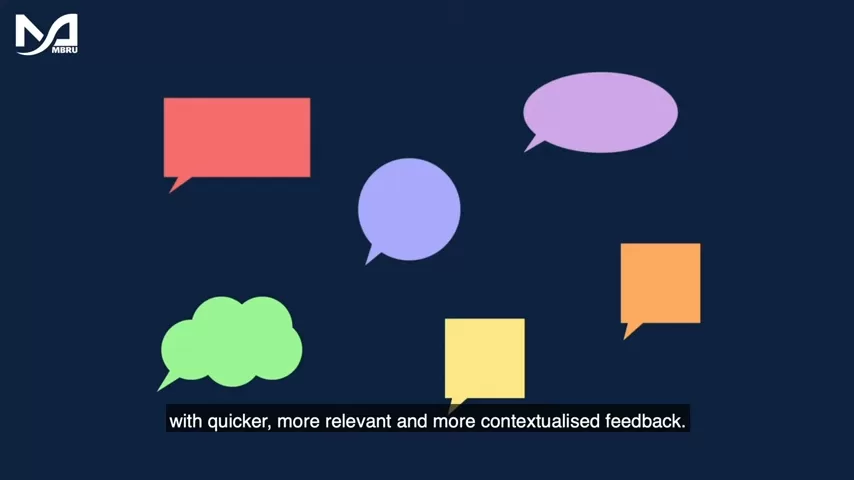
But tools alone don’t create intelligence. The user does.
And structured educational content — the kind you find on trusted academic repositories — continues to be the quiet engine powering this intellectual revolution.
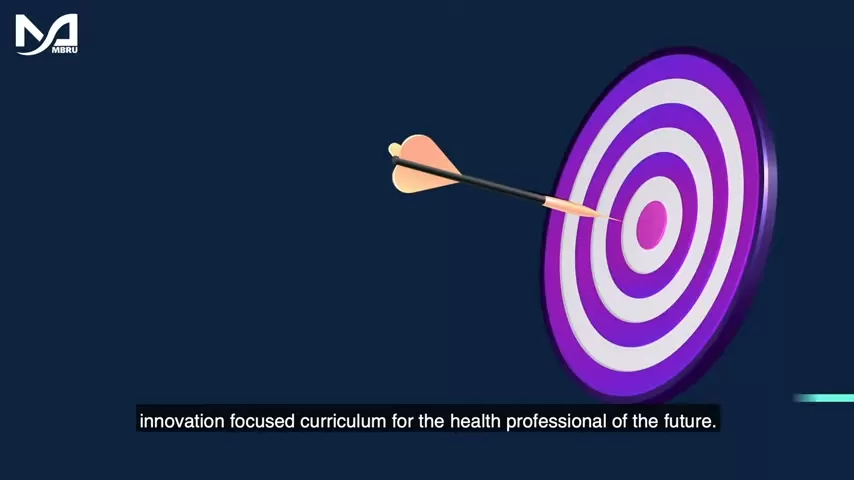
Final Thought: Depth Over Hype
The next time you’re tempted by a quick summary, remember: there’s power in slowing down and going deeper. Ten well-understood concepts will beat a hundred surface-level ones every time.
